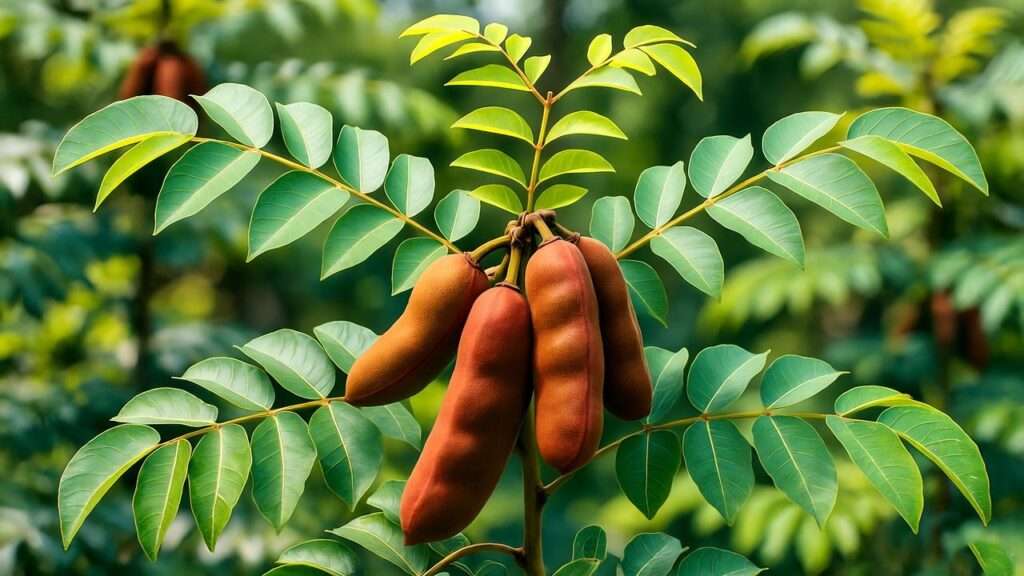Imagine savoring the tangy, sweet flavor of homegrown tamarind straight from your backyard, or shading your garden with a majestic, evergreen tree that’s as beautiful as it is productive! 🌱 Tamarind plants (Tamarindus indica) are tropical treasures, offering delicious fruit, ornamental appeal, and environmental benefits. Whether you’re a seasoned gardener or a curious beginner, growing tamarind plants can be a rewarding journey with the right knowledge. This comprehensive guide, backed by decades of horticultural expertise, will walk you through every step to cultivate thriving tamarind trees. From planting to harvesting, we’ll cover practical tips to ensure your tamarind plants flourish, addressing the needs of plant enthusiasts seeking reliable, actionable advice. Let’s dive into the world of tamarind and unlock the secrets to a bountiful harvest! 🍈
Understanding Tamarind Plants 🌿
What Are Tamarind Plants?
Tamarindus indica, commonly known as the tamarind tree, is a slow-growing, evergreen species native to tropical Africa. Now widely cultivated in Asia, Latin America, and the Caribbean, this versatile tree is prized for its tangy, edible pods and lush foliage. Reaching heights of 40-80 feet at maturity, tamarind plants feature feathery, pinnate leaves and small, yellow flowers that develop into brown, curved pods filled with sticky, tart pulp. Beyond their culinary uses, tamarind trees play a vital role in agroforestry, providing shade, improving soil health, and supporting sustainable farming practices. Their deep cultural significance in cuisines and traditional medicine makes them a favorite among gardeners worldwide.
Benefits of Growing Tamarind Plants
Why grow tamarind? The benefits are plentiful! 🌟
- Culinary Versatility: Tamarind pulp is a staple in dishes like Indian chutneys, Thai curries, and Mexican aguas frescas. Its tangy flavor enhances sauces, beverages, and desserts.
- Ornamental Beauty: With their dense canopies and graceful branches, tamarind trees make stunning focal points in landscapes.
- Environmental Impact: These trees enrich soil through nitrogen fixation, sequester carbon, and provide shade in hot climates.
- Economic Potential: Homegrown tamarind can be sold at local markets or processed into value-added products like paste or candy.
Ideal Growing Conditions for Tamarind Plants ☀️
Climate and Temperature Requirements
Tamarind plants thrive in tropical and subtropical climates, ideally in USDA hardiness zones 10-11. They prefer temperatures between 70-95°F (21-35°C) and are sensitive to frost, which can damage young trees. In regions with occasional cold snaps, container gardening or greenhouse cultivation allows tamarind to flourish year-round. For optimal growth, ensure your tamarind tree receives at least 6-8 hours of direct sunlight daily. If you live in a marginal climate, consider microclimate strategies, such as planting near a south-facing wall to retain warmth.
Soil and Site Selection
Tamarind plants adapt to various soil types but perform best in well-draining, loamy or sandy soils with a pH of 5.5-6.5. Poor drainage can lead to root rot, so avoid heavy clay soils. Before planting, test your soil’s pH using a home testing kit and amend with organic matter like compost if needed. Choose a site with full sun exposure and protection from strong winds, which can damage young branches. For large gardens, ensure ample space, as mature tamarind trees can spread up to 40 feet wide.
Expert Tip: Mix in perlite or sand to improve drainage in heavy soils, and add a layer of organic mulch to retain moisture and regulate soil temperature.
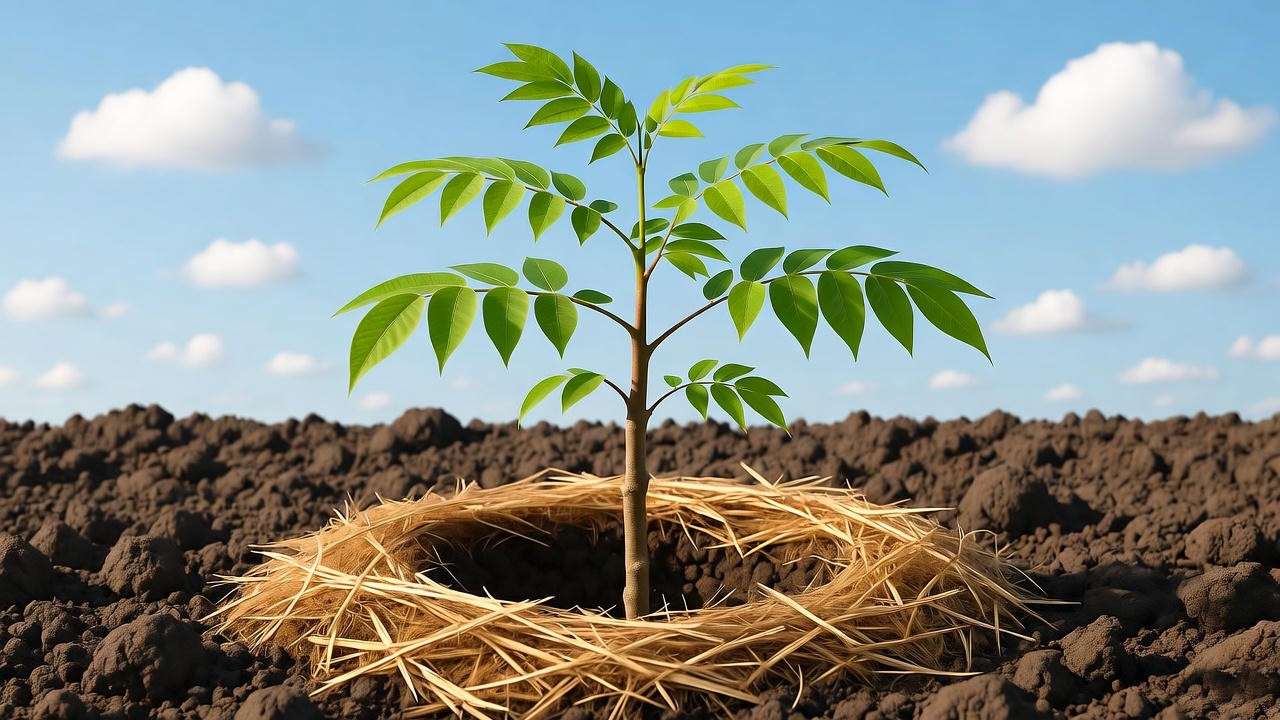
Watering Needs
Young tamarind plants require consistent moisture to establish strong roots, typically needing deep watering once or twice a week. Once mature, tamarind trees are remarkably drought-tolerant, surviving with minimal irrigation in dry climates. However, overwatering is a common mistake that can lead to fungal issues. Ensure the soil dries out slightly between waterings, and always check for proper drainage. In rainy seasons, reduce watering to prevent waterlogged roots.
How to Plant Tamarind Trees 🌱
Starting from Seeds
Growing tamarind from seeds is a cost-effective and rewarding option. Follow these steps for success:
- Source Fresh Seeds: Use seeds from ripe tamarind pods, as older seeds may have lower germination rates.
- Scarification: Soak seeds in warm water for 24 hours, then gently nick the seed coat with a knife to speed up germination.
- Planting: Sow seeds 1 inch deep in a well-draining potting mix, keeping them in a warm, sunny location (75-85°F or 24-29°C).
- Germination: Expect sprouts within 7-14 days. Transplant seedlings to larger pots or the ground once they reach 6-12 inches tall.
Expert Insight: Fresh seeds from local markets or your own tamarind pods often germinate faster than store-bought ones, which may be treated or dried.

Planting Saplings or Transplants
For faster results, start with nursery-grown saplings or grafted tamarind trees, which can bear fruit in as little as 3-4 years. Plant in the early rainy season to support root establishment. Dig a hole twice as wide and as deep as the root ball, and mix the excavated soil with compost for added nutrients. Place the sapling in the hole, ensuring the root collar is level with the soil surface, and backfill gently. Space trees 20-30 feet apart to accommodate their mature size.
Container Gardening for Tamarind
In colder climates or small spaces, tamarind plants can thrive in containers. Choose a pot at least 18-24 inches in diameter with drainage holes. Use a well-draining mix of potting soil, perlite, and compost. Place the container in a sunny spot, and rotate it occasionally to ensure even light exposure. During winter, move potted tamarind indoors to a bright, warm area (above 50°F or 10°C). Water sparingly in winter to prevent root rot.
Caring for Tamarind Plants Over Time 🛠️
Watering and Irrigation
Young tamarind trees need regular watering—about 1-2 inches per week—until their roots are established (1-2 years). Mature trees can rely on rainfall in tropical climates but benefit from occasional deep watering during prolonged dry spells. Drip irrigation systems are ideal for consistent moisture without overwatering. Watch for signs of stress: drooping leaves may indicate underwatering, while yellowing leaves suggest overwatering or poor drainage.
Fertilizing Tamarind Plants
Tamarind plants benefit from balanced fertilization during their active growing season (spring and summer). Apply a 10-10-10 NPK fertilizer every 6-8 weeks, or use organic alternatives like compost, well-rotted manure, or seaweed extract. Avoid over-fertilizing, which can cause excessive leaf growth at the expense of fruit production. For young trees, apply fertilizer in a ring around the base, keeping it 6 inches away from the trunk to prevent burn.
Expert Tip: Conduct a soil test every 1-2 years to monitor nutrient levels and adjust fertilization accordingly.
Pruning and Shaping
Pruning is essential to maintain a healthy, productive tamarind tree. Prune in late winter or early spring before new growth begins. Remove dead, damaged, or crossing branches to improve airflow and reduce disease risk. Shape young trees to encourage a strong central leader and open canopy, which enhances fruit production. For mature trees, trim to control height and remove suckers at the base. Always use clean, sharp pruning tools to avoid spreading disease.
Expert Tip: Regular pruning can increase fruit yield by up to 20% by improving light penetration and air circulation.
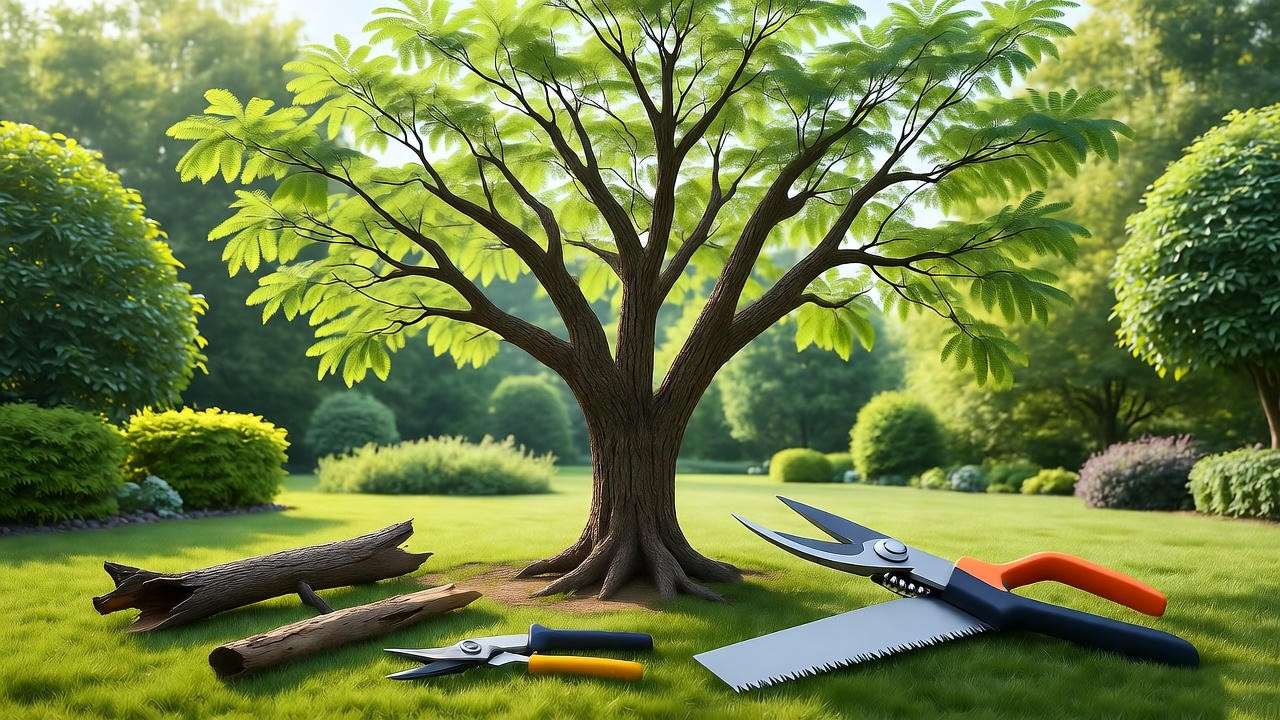
Pest and Disease Management
Tamarind plants are relatively hardy but can face pests like aphids, scale insects, and fruit borers. Inspect trees regularly and use neem oil or insecticidal soap for organic control. For severe infestations, consult a local extension service for targeted treatments. Common diseases include root rot (caused by overwatering), powdery mildew, and anthracnose. Prevent these by ensuring good drainage, avoiding overhead watering, and removing infected plant debris promptly.
Harvesting and Using Tamarind Fruit 🍈
When and How to Harvest
Tamarind pods are ready to harvest when they turn brown and brittle, typically 6-8 months after flowering. Gently twist or cut pods from the tree using pruning shears to avoid damaging branches. A mature tree can produce 100-300 pounds of pods annually, depending on its age and health. Harvest in the morning when temperatures are cooler to preserve fruit quality.
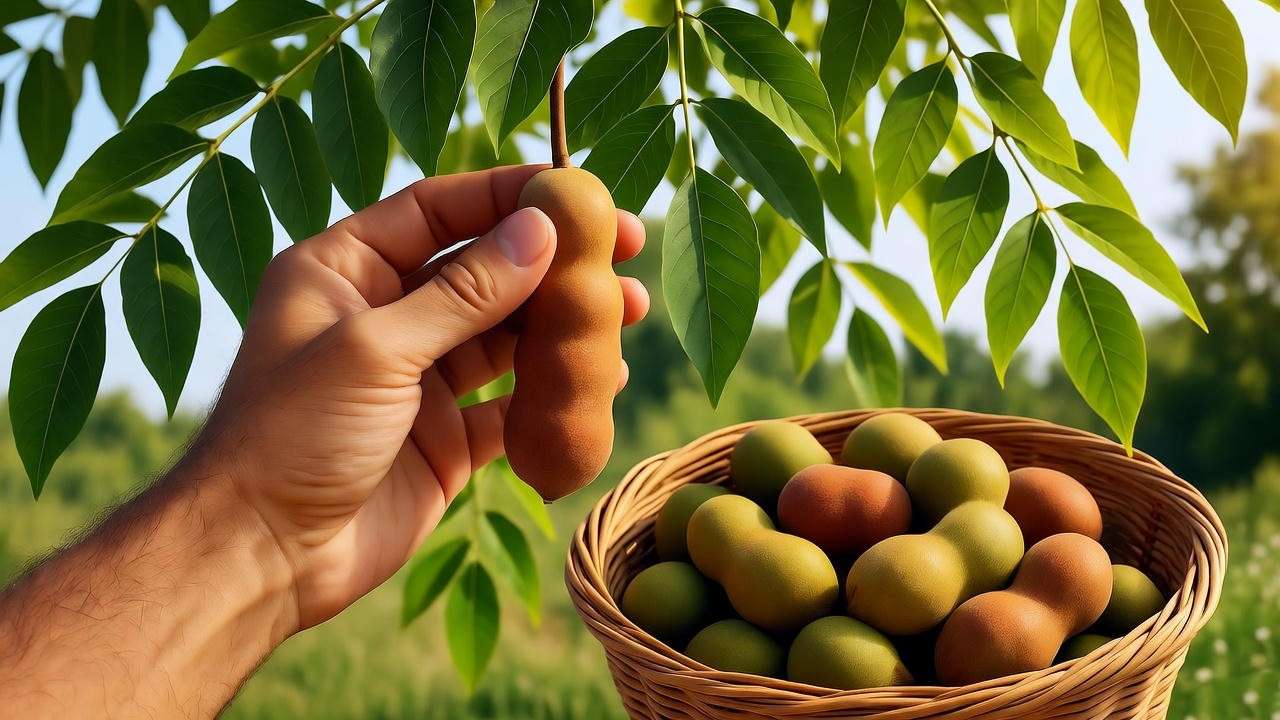
Storing and Processing Tamarind
Store fresh tamarind pods in a cool, dry place for up to a year. To process, crack the pods and extract the sticky pulp, removing seeds and fibers. The pulp can be frozen, dried, or made into a paste for long-term storage. For culinary use, dilute tamarind pulp with water to create a tangy base for sauces, soups, or beverages.
Recipe Idea: Try making a tamarind chutney by combining tamarind pulp, sugar, spices, and water for a versatile condiment that pairs with snacks or grilled meats.
Troubleshooting Common Tamarind Plant Problems ⚠️
Slow Growth or Poor Fruit Production
If your tamarind tree grows slowly or fails to fruit, consider these factors:
- Nutrient Deficiency: Test soil and apply a balanced fertilizer if nitrogen, phosphorus, or potassium levels are low.
- Inadequate Sunlight: Ensure the tree receives 6-8 hours of direct sun daily.
- Improper Pruning: Over-pruning or pruning at the wrong time can reduce fruiting. Follow seasonal pruning guidelines.
Leaf Drop or Yellowing
Leaf drop or yellowing may indicate:
- Overwatering: Check soil drainage and reduce watering frequency.
- Pest Infestations: Inspect for aphids or scale and treat with organic sprays.
- Temperature Stress: Protect young trees from cold snaps using frost blankets.
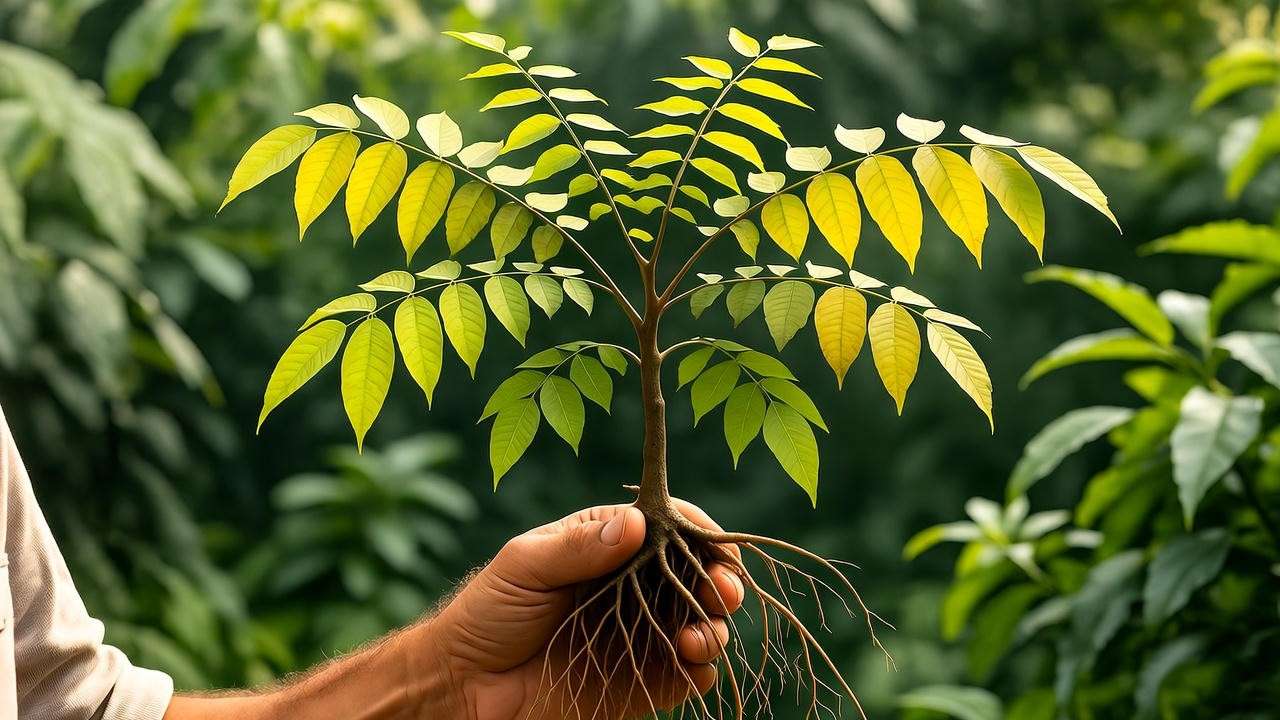
Frost Damage in Marginal Climates
In areas with occasional frost, wrap young tamarind trees in burlap or use frost blankets during cold snaps. Apply a thick layer of mulch around the base to insulate roots. If frost damage occurs, prune affected areas in spring and fertilize to encourage regrowth.
Expert Tips for Long-Term Success 🌟
- Companion Planting: Pair tamarind with nitrogen-fixing plants like pigeon peas or clover to enhance soil fertility.
- Mulching: Apply a 2-4 inch layer of organic mulch (e.g., wood chips or straw) to retain moisture and suppress weeds.
- Sustainable Practices: Use organic fertilizers and integrated pest management to minimize environmental impact.
- Case Study: A Florida gardener successfully grew a tamarind tree in a subtropical climate by using container gardening and seasonal frost protection, harvesting their first pods in just four years.
Frequently Asked Questions (FAQs) ❓
- How long does it take for a tamarind tree to bear fruit?
Tamarind trees grown from seeds typically take 5-7 years to produce fruit, while grafted trees can bear fruit in 3-4 years under optimal conditions. Patience is key, as tamarind is a slow-growing species. - Can tamarind plants grow indoors?
Yes, tamarind plants can thrive indoors in large containers with ample sunlight (6-8 hours daily) and temperatures above 50°F (10°C). Use a well-draining potting mix and ensure proper drainage to prevent root rot. - Are tamarind trees invasive?
Tamarind trees are not considered invasive, but their large size and extensive root systems require ample space. Plant them away from buildings or underground utilities to avoid potential issues. - How do I prevent pests on my tamarind tree?
Regular inspection is crucial. Spray neem oil or insecticidal soap to control pests like aphids or scale insects. Maintain tree health through proper watering and fertilization to reduce pest susceptibility. - What’s the best fertilizer for tamarind plants?
A balanced 10-10-10 NPK fertilizer applied every 6-8 weeks during the growing season works well. Alternatively, use organic options like compost or well-rotted manure for sustainable nutrition.
Conclusion
Growing tamarind plants is a rewarding endeavor that combines the joy of gardening with the satisfaction of harvesting tangy, versatile fruit. 🌴 With the right care—proper planting, consistent watering, balanced fertilization, and vigilant pest management—your tamarind tree can thrive for decades, offering shade, beauty, and bountiful harvests. Whether you’re cultivating in a tropical backyard or a container in a cooler climate, this guide provides the expert insights you need to succeed. Start your tamarind journey today, and join our plant care community to share your progress! 🌿 For more tips, check out our related articles on tropical fruit trees and organic gardening. Happy planting!

